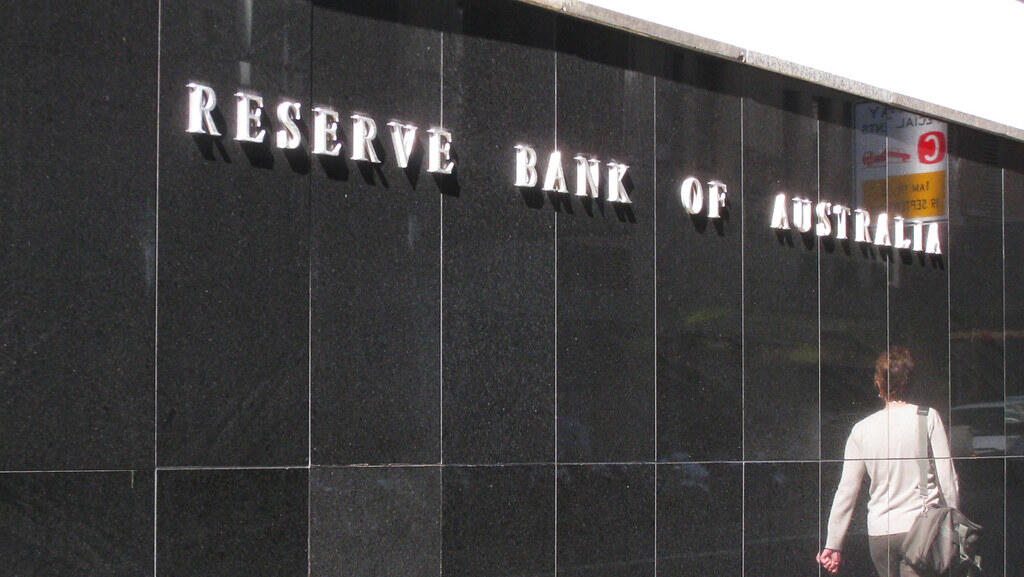The Reserve Bank of Australia (RBA) announced its decision to maintain the cash rate target at 4.35% on Tuesday, reflecting ongoing concerns about high underlying inflation, which remains above the RBA’s target, despite headline inflation trending downward.
The central bank's decision underscores its cautious stance, as it seeks to ensure inflation moves sustainably toward its target range of 2-3%.
While headline inflation decreased to 2.8% over the year to September - down from 3.8% in June - the shift was primarily due to temporary drops in fuel and electricity costs, alongside cost-of-living relief measures.
Excluding these factors, underlying inflation, as indicated by the trimmed mean, stood at 3.5% in September. This level, while expected, still exceeds the RBA’s target midpoint of 2.5%.
Updated projections suggest inflation may not fully stabilise within the target range until 2026, as outlined in the latest Statement on Monetary Policy (SMP).
The RBA’s inflation outlook is influenced by persistent aggregate demand, which continues to exceed the economy's supply capacity. Key economic indicators highlight the robustness of business conditions and sustained labour market strength, which contribute to inflationary pressures.
Labour market indicators signal ongoing tightness. Employment rose by an average of 0.4% per month in the three months to September, and although the unemployment rate edged up to 4.1% in September, the participation rate remains historically high.
Other cyclical labour measures, including youth unemployment and underemployment, have shown recent declines, further signalling a resilient job market.
In light of these factors, the RBA Board noted that it considers its policy restrictive enough to influence economic adjustments. However, policymakers remain cautious about future economic conditions. While household consumption growth is projected to improve in the year’s latter half as incomes rise, any delay in this recovery could prolong subdued output growth and further impact the labour market.
Globally, the economic outlook remains uncertain. Although most central banks have started easing monetary policies as inflation stabilises, they remain vigilant to risks, balancing potential labour market weaknesses against the prospect of persistent inflation.
The RBA, reflecting this global caution, maintained its current policy stance, aiming to steer inflation towards the desired range while supporting economic stability.
RBA Governor Michele Bullock said at the media conference that the board is "not ruling anything in or out”, noting that risks to the upside still remain.
